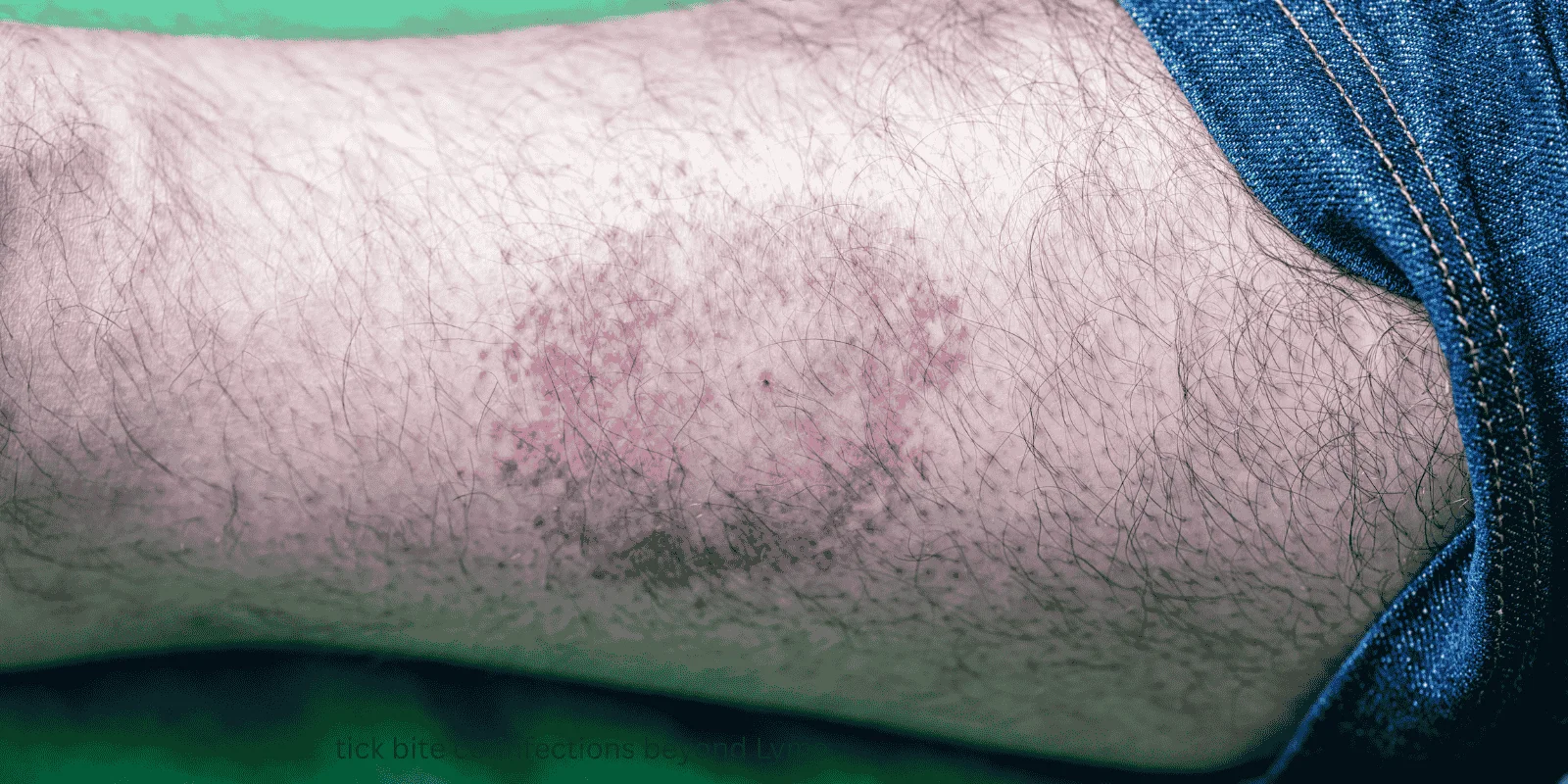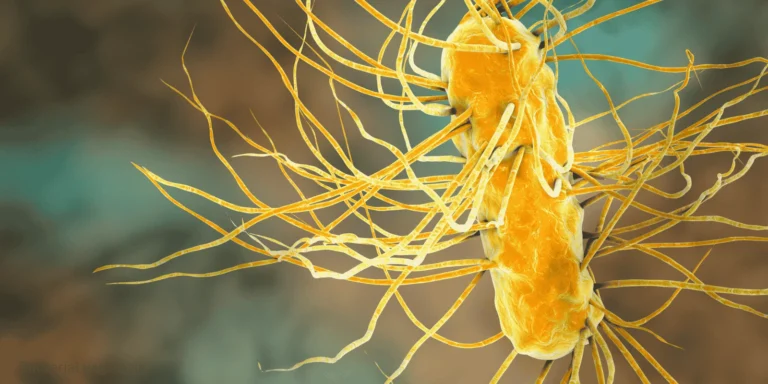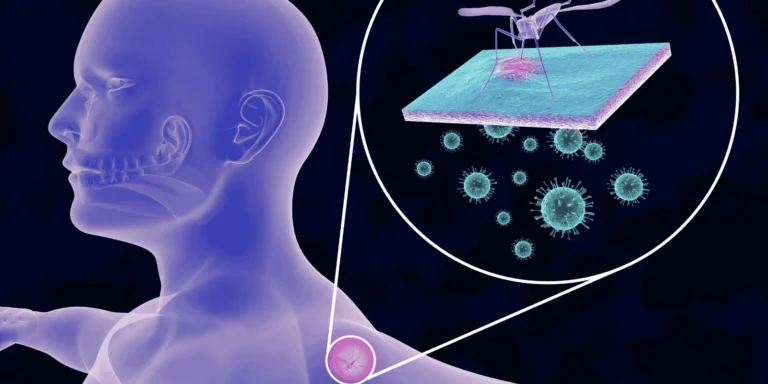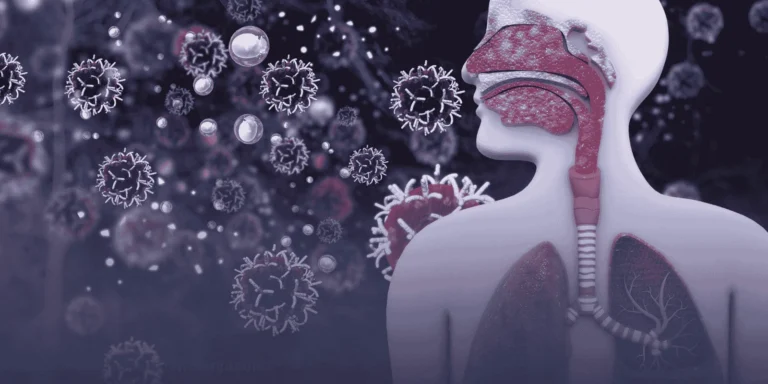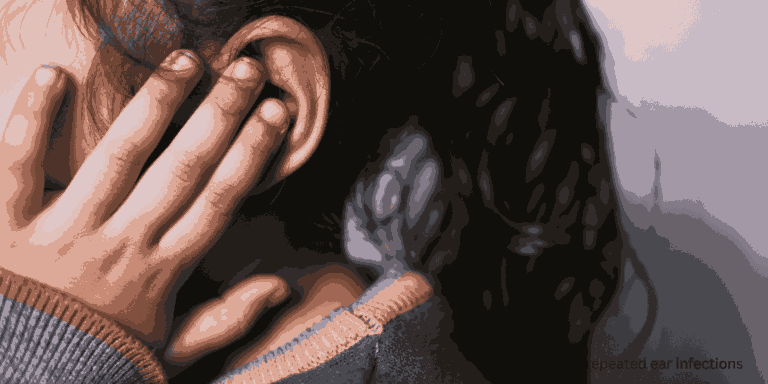Most people know about Lyme disease from tick bites, but ticks carry a whole pharmacy of nasty bacteria, viruses, and parasites. A single tick can transmit multiple infections simultaneously, making diagnosis and treatment more complex.
Common co-infections you should know about:
Anaplasmosis shows up 1-2 weeks after a tick bite, causing high fever, severe headache, muscle aches, and sometimes a low white blood cell count. Unlike Lyme, it doesn’t cause the bull’s-eye rash but can make you feel absolutely terrible quickly.
Babesiosis is caused by parasites that infect red blood cells – similar to malaria. Symptoms include fever, chills, sweats, body aches, and fatigue. People without spleens or with weakened immune systems face life-threatening complications from babesiosis.
Ehrlichiosis typically appears 1-2 weeks post-bite with fever, headache, fatigue, and muscle aches. Some patients develop a rash, but it’s less common than with Lyme. Severe cases can affect the brain, lungs, and kidneys.
Rocky Mountain Spotted Fever (despite its name, it’s found throughout the United States) causes fever, headache, and a distinctive spotted rash that usually appears 2-5 days after fever starts. This one’s serious – it can be fatal if not treated promptly.
Powassan virus is rare but concerning because it can cause severe neurological problems. Symptoms range from mild fever and headache to encephalitis and long-term neurological damage. There’s no specific treatment, only supportive care.
Why co-infections complicate things:
Multiple infections create overlapping symptoms that confuse diagnosis. You might have Lyme disease plus anaplasmosis, each requiring different antibiotics.
Treatment becomes trickier. Some antibiotics work for multiple infections, but others are specific to one pathogen. Getting the diagnosis right matters.
Recovery takes longer when you’re fighting multiple infections simultaneously. Patients often feel worse and take more time to bounce back.
Geographic patterns:
Different regions have different risks. Babesiosis is common in the Northeast and upper Midwest. Ehrlichiosis is more prevalent in the Southeast and South Central states. Knowing your region’s risks helps guide testing and treatment.
Prevention remains the same:
Wear protective clothing in wooded areas, use EPA-registered insect repellents containing DEET, perform thorough tick checks after outdoor activities, and remove ticks promptly with fine-tipped tweezers.
When to seek evaluation:
Any flu-like illness developing within 30 days of a tick bite deserves medical evaluation. Don’t wait for a rash – many tick-borne diseases don’t cause one.
ChatRx can assess symptoms following tick exposure and determine if prophylactic antibiotics are appropriate, particularly in high-risk situations where the tick was attached for extended periods.

